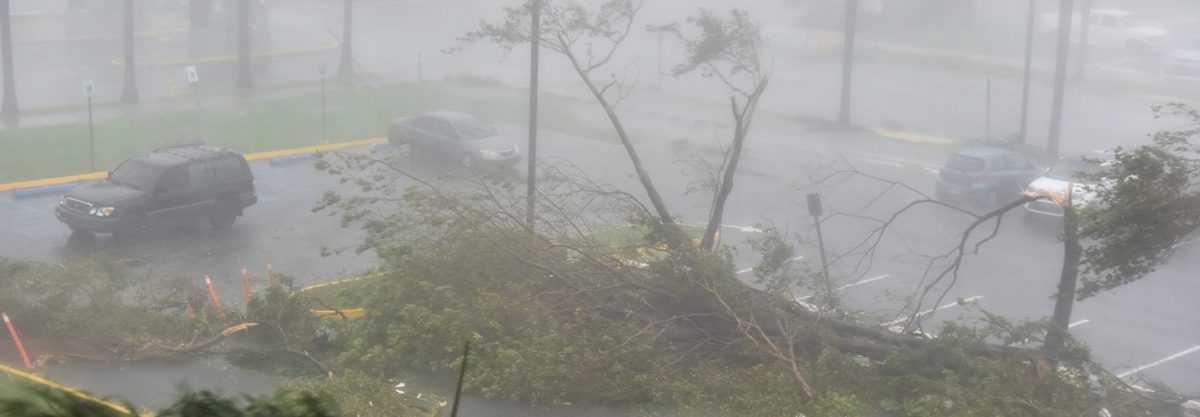Tropical storm Ophelia strengthened into a hurricane on Wednesday, making it the 10th Atlantic storm in a row to reach hurricane strength. This is the first time since 1893 that this has happened, reports Time.
Ophelia isn’t expected to hit the U.S., and many of the other 10 hurricanes did not touch down on the mainland either. But Harvey, Irma and Maria did, leaving dozens dead and billions of dollars in damage. And hurricane season isn’t over yet, Time reports, so there is potential for more destruction through the end of October.
No major hurricane, which is a Category 3 storm or stronger with sustained winds of at least 111 mph according to Time, had made landfall in the U.S. since 2005. So what causes such strong storm seasons?
Time writes that the presence of El Niño and other climate factors affect the storm season, but scientists also say that climate change is making storms more severe. Why? Because warmer ocean water helps storms strengthen, according to Time.
Gabriel Vecchi, a professor of geosciences at Princeton University, told Time that a “warmer ocean makes a warmer atmosphere. A warmer atmosphere can hold more water.”
This article was featured in the InsideHook newsletter. Sign up now.
























